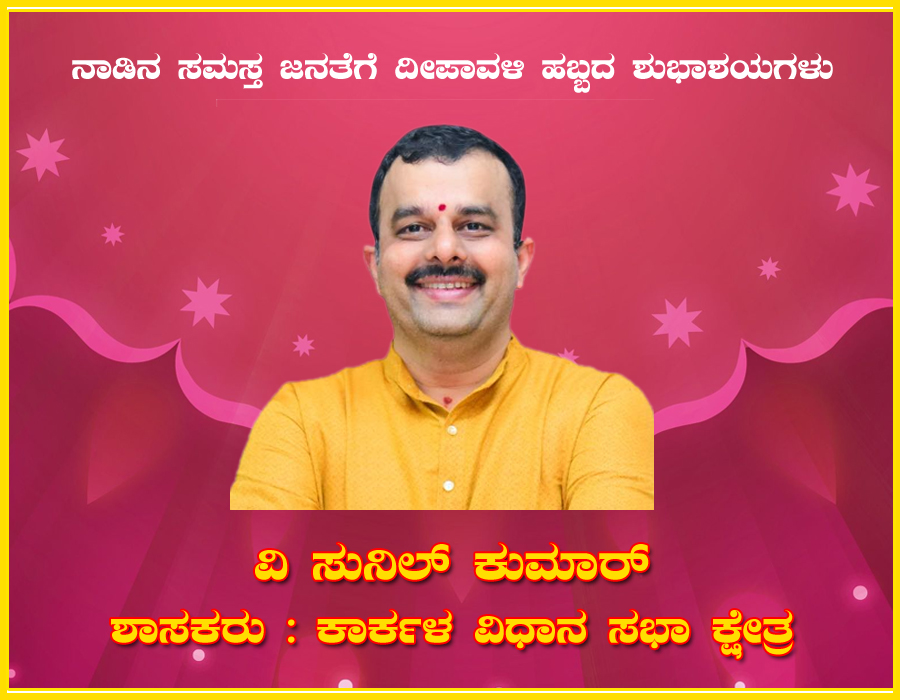Punar Prathista of Sri Venkataramana Temple to held on Jan 16
9:21 AM, Saturday, January 7th, 2012 Mangalore : Sri Venkataramana Temple, situated in the surrounding called as ‘Temple square’ of Mangalore city has a glorious history of about 3 centuries. Founded in year 1736 A.D. by the Mhala Pai family of the Koushika Gothra, also called as the sowkar family, this temple since then has recorded speedy development over the ages, thus achieving country wide and fame. This temple belonging to gowd saraswat Brahmins is invariably managed and run by the trustees representing the “Hattu Samastharu” of the community, said C Laxman Shenoy, Trustee of the Temple.
Mangalore : Sri Venkataramana Temple, situated in the surrounding called as ‘Temple square’ of Mangalore city has a glorious history of about 3 centuries. Founded in year 1736 A.D. by the Mhala Pai family of the Koushika Gothra, also called as the sowkar family, this temple since then has recorded speedy development over the ages, thus achieving country wide and fame. This temple belonging to gowd saraswat Brahmins is invariably managed and run by the trustees representing the “Hattu Samastharu” of the community, said C Laxman Shenoy, Trustee of the Temple.
Shenoy said in a press conference the gowd saraswatha Brahmins belong to one of the five classes of Northern Brahmins known as ‘Pancha Gowdas’.Hence, the name of ‘Gowd’ is prefixed to the name of the community. historians have recorded the fact of migration of the G.S.B community from the banks of the river saraswathi in the Punjab to other places like Trihothrapura in Bihar and their further migration to the Gomanthak, a part of the then Konkan Desh whose mother-tongue was Konkani. Consequent upon the destruction of their temples in Goa by the Portuguese the Gowd Saraswaths abandoned their homes in Goa to come and settle themselves in the Coastal belt of Karnataka and Kerala engaging themselves in trade and agriculture.
 The temple in the beginning was small shrine worshiping the deity of Moola Venkataramana. The deities of Veera Vittala and Gopalakrishna were added subsequently. The panchaloha idol of Veera Venkatesha with the sword hanging from the waist, an image of unique identity of grace, was consecrated in the Garbhagriha in the year 1804 A.D. by H.H. Srimad Vibhudendra Thirtha Swamiji, the then Matadhipathi of Sri Kasha math Samsthan, Varanasi. Since then “Lord Veera Venkatesha” is worshipped as the presiding deity and ‘lord Sri Srinivas’ as the Uthsava deity of the Temple.
The temple in the beginning was small shrine worshiping the deity of Moola Venkataramana. The deities of Veera Vittala and Gopalakrishna were added subsequently. The panchaloha idol of Veera Venkatesha with the sword hanging from the waist, an image of unique identity of grace, was consecrated in the Garbhagriha in the year 1804 A.D. by H.H. Srimad Vibhudendra Thirtha Swamiji, the then Matadhipathi of Sri Kasha math Samsthan, Varanasi. Since then “Lord Veera Venkatesha” is worshipped as the presiding deity and ‘lord Sri Srinivas’ as the Uthsava deity of the Temple.
By lapse of time over the centuries, the temple structure having become old, required renovation which is technically called as Jeernoddhara’ the ritual of ‘Nidhi Kalasha Shilanyasa’ the first step towards the process of reconstruction was performed under the guidance of the Swamiers of Sri Kashi Math Samsthan on May 5, 2011 the auspicious day of Akshaya Thruthiya.
 Thus, the activity of reconstruction took an auspicious start. The process of sanctification started right from digging the earthen bed and filling of the holy Mruthika (Soil) of the Ganga brought from the Vyasa Ghat of Haridwara Vyasashrama. There after the construction activity proceeded uninterruptedly, gathering momentum beyond anybody’s expectations, thus the success of the project and its timely accomplishment is undoubtedly attributed to the divine grace of god.
Thus, the activity of reconstruction took an auspicious start. The process of sanctification started right from digging the earthen bed and filling of the holy Mruthika (Soil) of the Ganga brought from the Vyasa Ghat of Haridwara Vyasashrama. There after the construction activity proceeded uninterruptedly, gathering momentum beyond anybody’s expectations, thus the success of the project and its timely accomplishment is undoubtedly attributed to the divine grace of god.
The ‘Jeernoddhara Committee’, a vibrant body consistent of eminent persons, technical experts and dedicated volunteers was constituted to oversee the work. The rich quality of materials used and the fine architectural work are also the contributing factors for the success of the project. The consecration ceremony of the reconstructed temple and reinstallation of the deities in the sanctum sanctorum will be performed by His Holiness Shrimad Sudheendra Teertha Swamiji, Matadhipathi of Sri Kashi Math Samsthan, Varnasi along with Patta Shishya Shrimad Samyameendra Teertha Swamiji on the auspicious Muhurtham on Monday 16, January at 10.29 am (Meena Lagnam). Thousands of devotees from all over the country are expected to participate in this memorable event. A special holiday has been declared for the establishments of the local GSB enabling active participation in the ceremony.
M Padmanabha Pai, president of Jeernoddhara Committee, S Sathish Nayak, secretary and M Venkatesh Pai, Architect and Project Engineer were present at the press meet.
Simillar Posts
Warning: count(): Parameter must be an array or an object that implements Countable in /home/megamcaq/public_html/wp-content/plugins/post-plugin-library/common_functions.php on line 357
- None Found
Leave a Reply
© Copyright 2008 www.megamedianews.com All Rights Reserved. Privacy Policy








 Posted in
Posted in  Tags:
Tags: 






